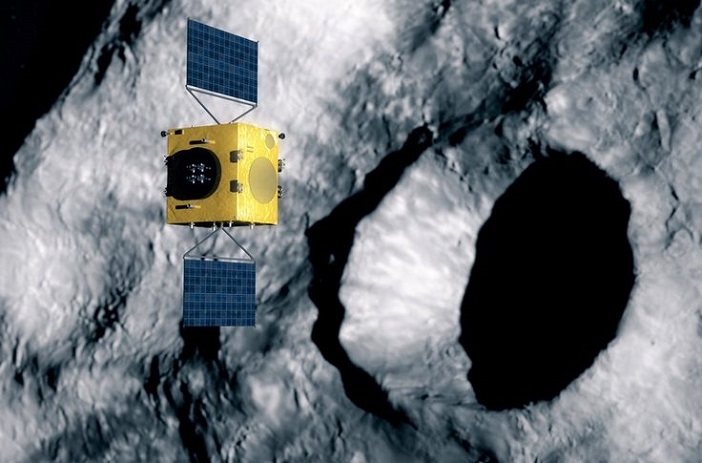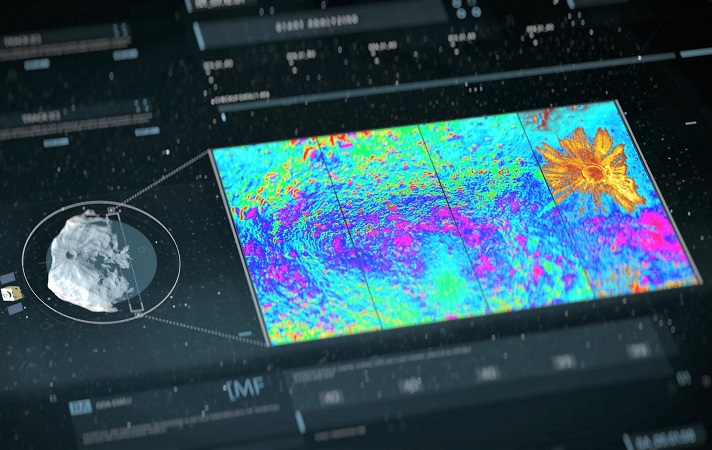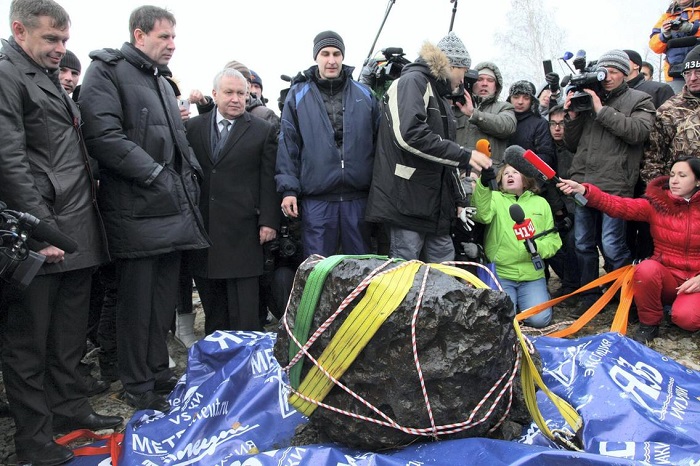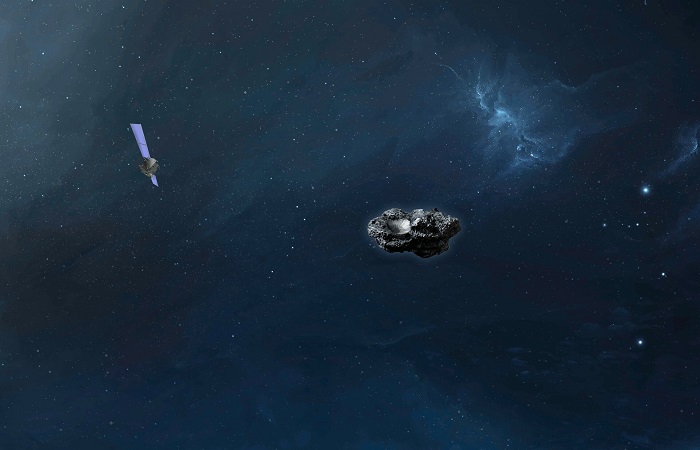The European Space Agency (ESA) will build a spacecraft that would be a part of a mission which is aimed at saving earth from collisions with meteorites and asteroids. ESA signed a $154 million (Dh 565 million) deal with NASA that can inspect the aftermath of an asteroid impact in space.
“We want to try for the first time to steer an asteroid on its potential collision course with Earth,” ESA director Rolf Densing said. NASA is scheduled to launch a craft in June 2021 to collide with the Dimorphos asteroid to test whether it could nudge objects that might be threatening Earth on to a safer path.

After the Dimorphos collision, the ESA will launch in October 2024 its Hera craft, named after the Greek goddess of marriage, to map the impact crater and measure the asteroid’s mass. It should catch up with Dimorphos in late 2026 for a six-month survey. Dimorphos has a diameter of 160 metres, which ESA said was big enough to destroy an entire city if it were to hit Earth.
Hera, set to be about the size of a desk, should navigate autonomously around the asteroid while it collects data. It will also launch mini 10 cm satellites, which will be able to fly much closer to the asteroid’s surface.
Marco Fuchs, chief executive of German space and technology group OHB that will develop the Hera craft, said trying to divert an asteroid was like “playing billiards” and noted the challenge of steering towards such a small celestial body.
“You have to steer very precisely, you have to find it first and then approach it in such a way that you can really observe what has happened as a result of the impact of the American probe,” he said.

Meteorite impacts have created great havocs on our planet in the past. The 1908 Tunguska impact in Siberia, the largest impact in recorded history, is thought to have been triggered by an incoming object of 30-40 m in diameter. The 2013 Chelyabinsk airburst, whose shockwave struck six cities across Russia, may have been caused by an asteroid just 20 m across.
ESA has been considering the use of space missions for asteroid risk assessment for almost two decades. Although the chance of a major asteroid impact is low, the potential consequences to our society could be very severe. Small bodies are continually colliding with Earth; however, the vast majority of these objects are very small and pose no threat to human activity.

The energy released from an impact could not be neglected. An earthquake at Tohoku, Japan in 2011 approximately released 45 megatons of energy. The effects of an asteroid impact on Earth depends on many factors, such as, for instance, the location of impact, trajectory and physical properties of the asteroid, etc., but a small 150 m object could release several times the amount of energy released in Tohoku.
“Hera will be Europe’s and humankind’s first investigation of a planetary defence technique. Together with its US counterpart, DART, Hera is part of the AIDA collaboration, called into life to study the effect of a kinetic impact of hitting an asteroid”, ESA claims.




![The Top & Most Popular Seafood Bucket Restaurants in Dubai for you [Never Miss]](https://uae24x7.com/wp-content/uploads/2020/09/8-seafood-in-a-bucket-scaled-e1600739237403.jpg)
![Procedures for Renewing the Driving License in Abu Dhabi [3 Simple Steps]](https://uae24x7.com/wp-content/uploads/2020/07/Capture-9-e1595666454466.jpg)





